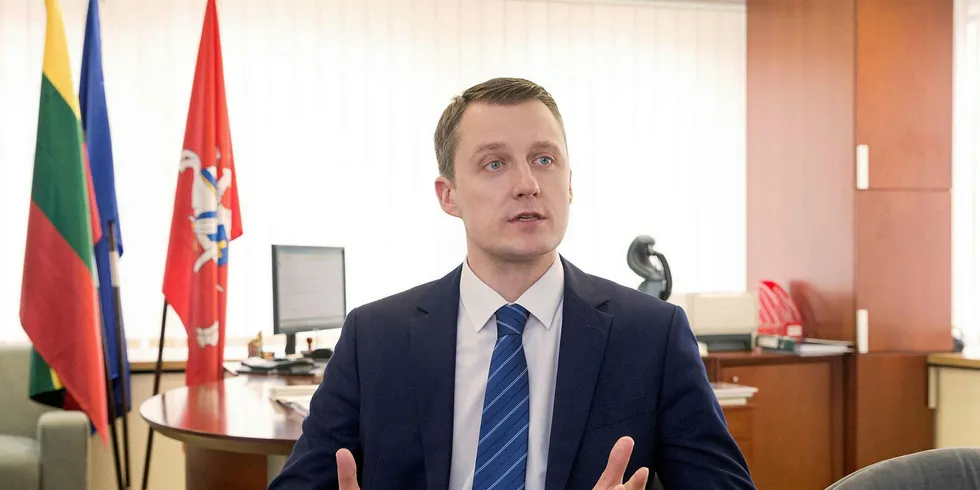‘Energy security is the alpha and omega of our strategy’
FACE TO FACE | After 60 years relying on Russian gas, Lithuania set out its strategy for ‘energy independence’ via a plan majoring on wind, solar and biomass. Darius Snieckus spoke with minister of energy Žygimantas Vaičiūnas as the country held its national energy forum in Vilnius
